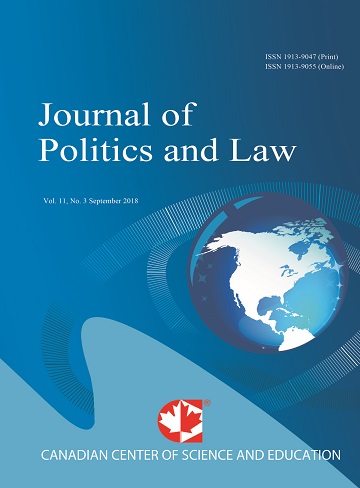Modernising the English Court System - Time for a Gastric Band
- Graham McBain
Abstract
There is a lot in the newspapers these days about human obesity and its detrimental effect on human health - as well as on the health budget. Indeed, statistics suggest that one in five adults in the United Kingdom is now clinically obese. What applies to human beings can also apply to human institutions and it is asserted that our legal system is clinically obese. It needs a gastric band. Why is our legal system clinically obese ? First, the volume of English primary - and subordinate - legislation is growing exponentially and, at this rate, it will start to become like that of the United States. Thus, it needs to be curtailed since the direct - and indirect - cost of all this is huge. Second, the present court system dates from the Victorian era and it creaks. Distinctly. In what way?
- There are too many obsolete courts;
- There are too many courts which - while not obsolete – should be merged with others;
- The court system is replete with anomalies and there are too many jurisdictional and procedural issues;
- The domestic court structure is a four tier system - when it should only be three tier;
- The complexity of the court system is such that it is not understood by lawyers -far less by the general public.
Need all this be so? The answer is a definite ‘no’. What is needed in the 21st century - in the Space Age - is a court system intelligible to the public and lawyers alike. One which is efficient and cost effective. One which is capable of processing cases more speedily. The taxpayer - who funds the court system and, indeed, the whole judicial system - deserves no less. A sense of modern economy - and not Victorian venerability - is what is required, especially when legislation has grown to alarming proportions. These days, with Britain in recession - quite naturally - the Government is seeking to save money where it can. This includes the budget for the provision of courts and legal services. However, the Government should also focus on the actual structure of the courts. Here, major savings can be made, both in the short and the long term. Thus, this article considers the following courts:
- Judicial Committee of the Privy Council;
- Parliament;
- Court martial Court of Appeal;
- Ecclesiastical courts;
- High court;
- Crown court;
- County courts;
- Magistrates’ courts;
- Obsolete courts.
- Full Text:
 PDF
PDF
- DOI:10.5539/jpl.v6n3p17
Journal Metrics
h-index (2017): 14
i10-index (2017): 39
h5-index (2017): 9
h5-median (2017): 11
Index
- Academic Journals Database
- ACNP
- ANVUR (Italian National Agency for the Evaluation of Universities and Research Institutes)
- Berkeley Library
- CNKI Scholar
- COPAC
- CrossRef
- DTU Library
- EBSCOhost
- Elektronische Zeitschriftenbibliothek (EZB)
- EuroPub Database
- Excellence in Research for Australia (ERA)
- Genamics JournalSeek
- GETIT@YALE (Yale University Library)
- Ghent University Library
- Google Scholar
- Harvard Library
- HeinOnline
- INDEX ISLAMICUS
- Infotrieve
- Jisc Library Hub Discover
- JournalGuide
- JournalTOCs
- LOCKSS
- MIAR
- Mir@bel
- NewJour
- Norwegian Centre for Research Data (NSD)
- Open J-Gate
- PKP Open Archives Harvester
- Publons
- Pubmed journal list
- RePEc
- ROAD
- Scilit
- SHERPA/RoMEO
- Standard Periodical Directory
- Stanford Libraries
- UCR Library
- Ulrich's
- UniCat
- Universe Digital Library
- UoS Library
- WorldCat
- Zeitschriften Daten Bank (ZDB)
Contact
- William TaiEditorial Assistant
- jpl@ccsenet.org
